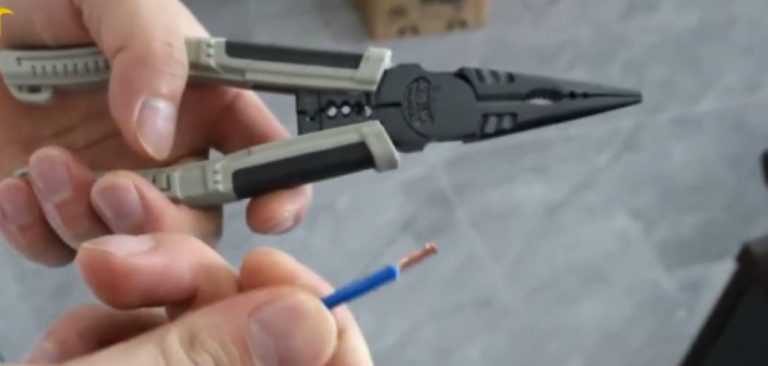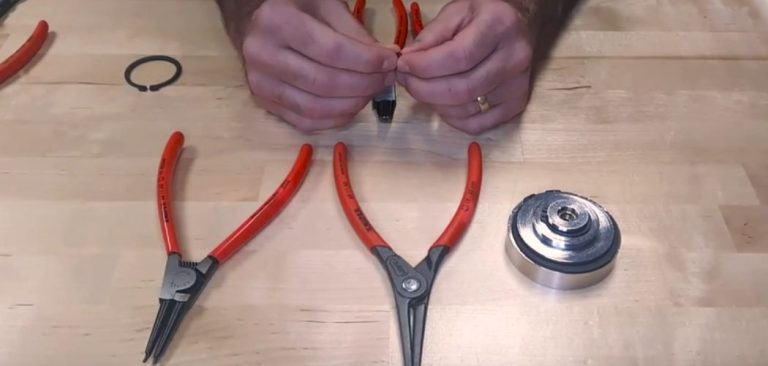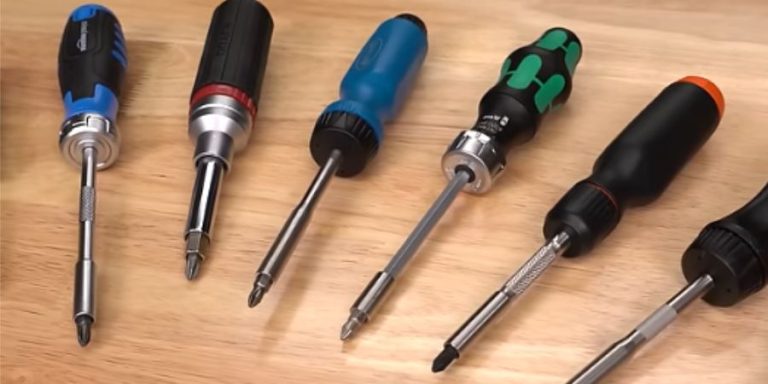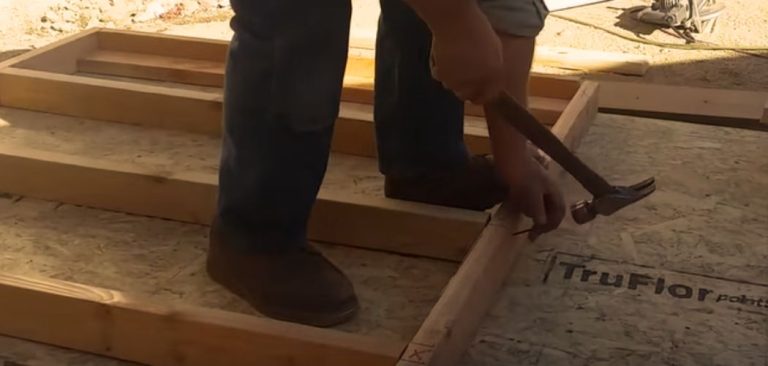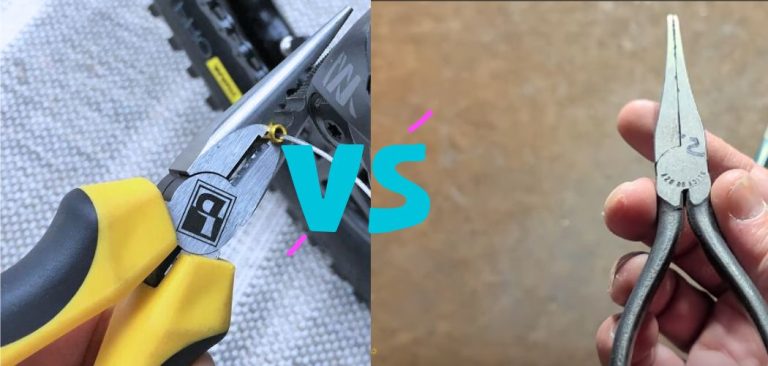Mastering the Uses of Flat Nose Pliers: a Comprehensive Guide
The flat nose pliers, sometimes called Duck Bill or Metalsmith pliers, are distinguished in the toolbox by their unusually wide nose, which deviates from the customary narrow tip and resembles a duckbill. This shape, which typically has a breadth of 3 to 5 mm, offers an unwavering grip that is necessary for straightening metal strips and making precise bends in complex jewelry designs .
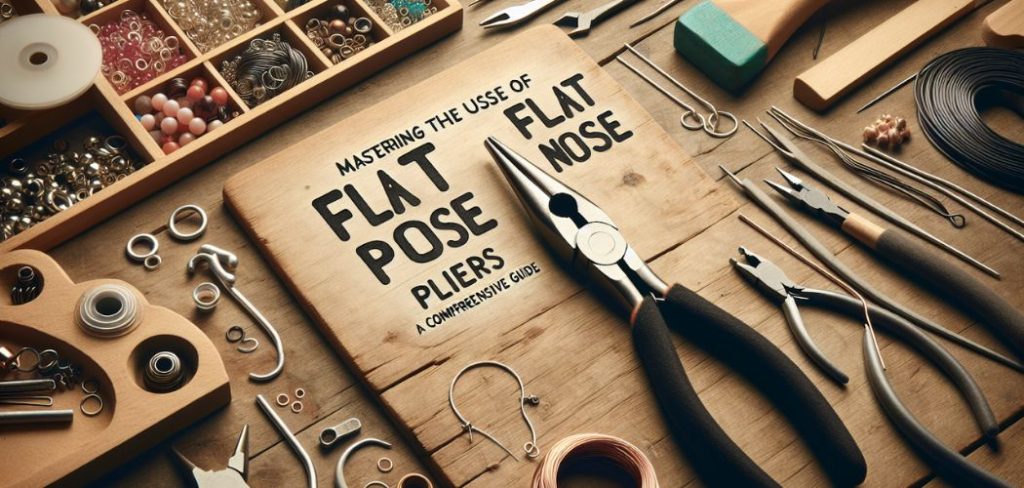
These pliers, which have flat jaws that taper to a blunt, straight point to ensure precision in every operation, are an essential tool for shaping and bending both flat metal and wire.
Flat nose pliers provide a broad range of options, including models with extended jaws for more leverage, and are sold on Amazon and other companies such as Gesswein. These pliers come in very handy when you need them to make precise bends, make right angles in wire, hold flat-surfaced objects, straighten bent wires, and open jump rings and chain links.
They emphasize their versatility by being available in medium for general usage, smaller sizes for precise work, and bigger ones for heavier purposes. Their box-joint construction offers dependability and smooth operation.
Differentiating Characteristics of Flat Nose Pliers
Because of their distinctive qualities, flat nose pliers are an essential tool for a variety of jewelry-making jobs. Here are some important things to think about:
Surface and Material of the Jaw
The distinctive smooth jaws of flat nose pliers guarantee that wires and jewelry are not damaged when being handled.Ergonomic handles are available for persons who use these tools frequently; they are made to minimize fatigue and lower the chance of developing carpal tunnel syndrome.
Superior flat nose pliers, like those offered by The Beadsmith, are advised for their long-lasting and effective use.
Design and Functionality
The pliers’ larger surface area makes them ideal for handling links and jump rings of odd sizes and shapes in addition to grasping, holding, and straightening wire.Because of their squared-off and flat jaws, their design makes it easier to create exact bends and angles in wire and sheet metal.
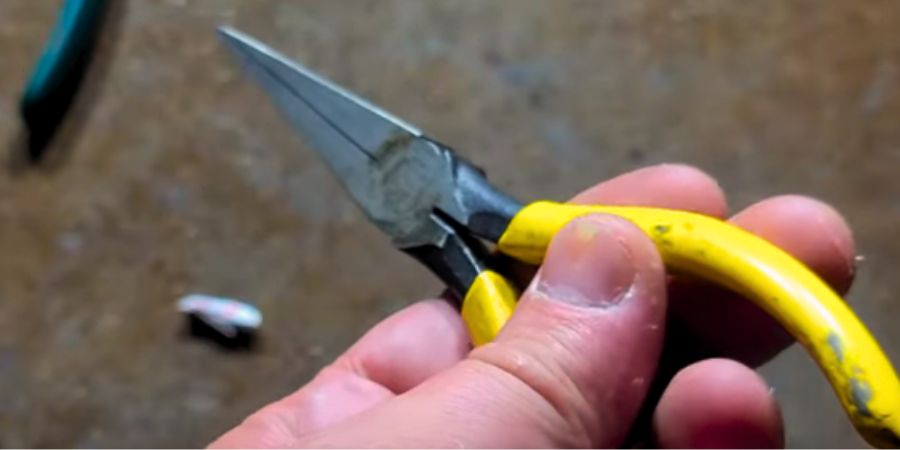
Features like a box joint for extended alignment, double-leaf springs for rapid rebound, and long-lasting, rust-resistant stainless steel are possible on advanced versions. Comfort is ensured by dipped handles free of latex, even for prolonged usage.
Versatility and Applications
Flat Nose pliers are useful for more than just gripping; they may also be used to bend wire in a wider, more expansive way, straighten and flatten metal, and, in certain situations, even break glass beads.
They are a useful tool in the jewelry maker’s arsenal since they can be used with a wide range of materials, such as gold, platinum, palladium, and silver.These pliers come in several sizes to fit the hands of both tiny and large craftsmen, so they are sure to meet their needs.
Uses of Flat Nose Pliers in Jewelry Making
A vital tool for jewelry makers, flat nose pliers provide unmatched adaptability for a wide range of applications. Here is a more detailed look at their primary functions:
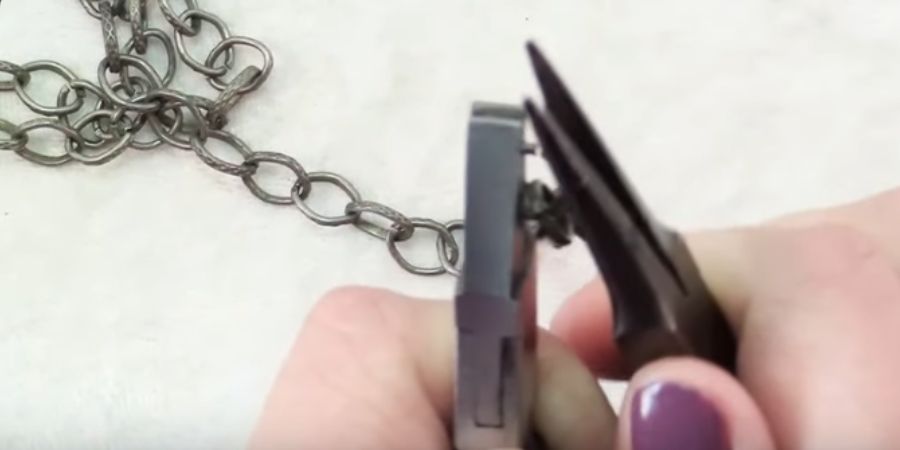
Grasping and Bending
When handling wires and metal sheets, flat nose pliers come in handy because to their wider surface area, which is ideal for gripping and making precise bends against edges.
The smooth action and non-damaging nature of the flat nose pliers guarantee a precise finish to activities like opening and closing jump rings and chain links. For a smooth production, this works especially well with chain and round nose pliers.
Creating Loops and Attachments
Creating a closed wrapped loop is a popular jewelry-making task. To begin, slide a bead onto a 20-gauge head pin. Next, use flat nose pliers to bend the pin at a 90-degree angle above the bead. Finally, use round nose pliers to construct a loop. Flat nose pliers are next used to close and trim the loop, highlighting their crucial function in producing safe, polished-looking loops for pendants or earrings .
Flat nose pliers also make it easy to attach these loops to a chain or other component, demonstrating their accuracy in handling little jobs .
Specialized Uses
Flat nose pliers have specialized uses in addition to their fundamental ones. For example, they can be used to break beads that were stitched in the wrong position during bead-weaving crafts or to straighten bent or kinked wires. These uses highlight how crucial the tool is for both error correction and getting items ready for use.
A crucial addition to any jeweler’s toolset, flat nose pliers guarantee consistent use and smooth performance when purchased from reputable companies like The Beadsmith.
Gripping and Holding Techniques
In mastering the use of flat nose pliers, several gripping and holding techniques are pivotal for achieving precision in jewelry making and other delicate tasks. These techniques leverage the unique design and functionality of flat nose pliers to handle materials with care and accuracy:
Gripping Techniques
- For heavy items like chains or large jump rings, the wide jaws of flat nose pliers ensure a solid grip, preventing slippage during manipulation .
- When dealing with multiple strands of wire, flat nose pliers allow for holding them parallel, simplifying processes that require uniformity .
- Small objects such as jump rings, findings, or beads can be held securely, making flat nose pliers an extension of one’s hands for intricate tasks.
Holding Techniques for Wire Manipulation
- To straighten a wire, begin by holding it at the head or closest point to the bend with chain nose pliers.
- Position the flat nose pliers next to the chain nose pliers, aligning with the bent area .
- Gently but firmly squeeze, drawing the bent area along the flat nose pliers to straighten .
- Rotate the wire approximately 90 degrees and repeat the process for thorough straightening. Ensure to repeat on the opposite side of the wire for uniform results.
These techniques highlight the versatility and control flat nose pliers offer, making them indispensable for precise jewelry making tasks .
Wire Straightening with Flat Nose Pliers
Wire straightening is a crucial task in jewelry making, and flat nose pliers play a significant role in achieving smooth, straight wires. Here are three effective techniques for wire straightening, leveraging the versatility of flat nose pliers and other tools:
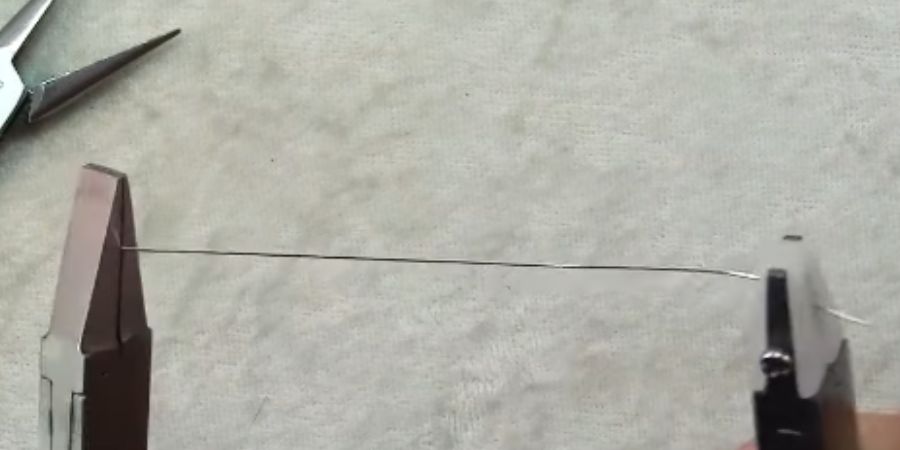
Using a Wire Straightener Tool with Nylon Rollers
- Instructions: Insert the wire between the three rollers, close the tool to securely lock the wire in place, hold the tool firmly, and pull the wire towards you to straighten .
- Advantage: This method ensures the wire remains undamaged and unmarked, thanks to the gentle touch of nylon rollers.
Straightening Wire with Two Nylon Plates
- Instructions: Place the wire between two nylon plates and roll the plates with your hands to straighten the wire.
- Advantage: Maintains the wire’s shape and appearance, ideal for delicate or diamond-coated wires.
Tensioning Wire with a Bench Vice and Flat Pliers
- Instructions: Secure the wire in the jaws of a bench vice. Use flat nose pliers to grip the free end of the wire and pull to apply tension and straighten .
- Note: For silver wire, annealing is recommended before straightening to avoid breaking .
Bonus Technique for Smoothing Metal Wire
- Instructions: Utilize flat nose pliers equipped with nylon tips to gently straighten and smooth the wire without leaving marks.
- Advantage: Nylon tips prevent damage to the metal, preserving its quality and finish.
These techniques highlight the essential role of flat nose pliers and complementary tools in preparing wires for jewelry making, ensuring precision and care in every creation.
Creating Precision Bends and Angles
Flat nose pliers are instrumental in creating precision bends and angles, essential for intricate jewelry designs. Here’s how to utilize them effectively:
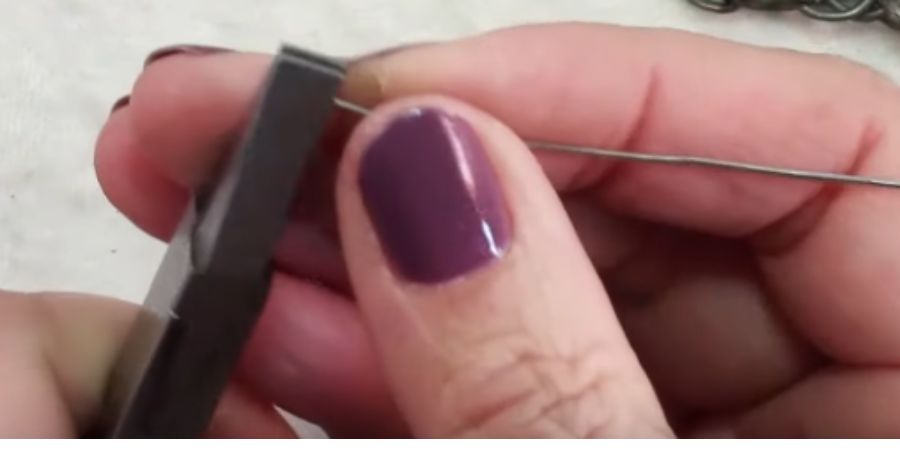
Sharp Bends and Right Angles
To achieve a sharp bend or a perfect right angle, position the wire between the jaws of the flat nose pliers where you want the bend to occur. For a sharp bend, squeeze the pliers tightly, making the wire wrap around one jaw, effectively creating a 180-degree angle .
For softer bends, use chain nose pliers to bend the wire upwards gently. For harder bends that require a more acute angle, fold the wire so it overlaps, then adjust the bend against the angle to create a sharper point .
Creating Equidistant Bends
Utilizing Square Tips for Precision
The square tips of flat nose pliers are not only ideal for gripping but also enable the user to bend and shape wire at any desired angle, including creating perfect 180-degree bends. This feature is particularly beneficial when precision is paramount in your jewelry-making project .
When your design calls for multiple bends that need to be equidistant, mark or cut a small angle into each segment of the flat nose pliers’ jaws. This modification acts as a visual guide, ensuring that each bend is precisely spaced. This technique is especially useful when working with smaller, shorter wire segments and aims to achieve uniformity in designs .
These techniques underscore the versatility and precision that flat nose pliers bring to jewelry making, allowing for the creation of complex designs with exact angles and bends.
Further Applications and Creative Uses
Flat nose pliers extend beyond traditional jewelry making, finding their place in more creative and unconventional uses:
Riveting and Hammering
Flat nose pliers are not just for bending and shaping; they are also robust enough to assist in riveting. One can hold wire securely with the pliers while hammering on them to create a rivet, ensuring the wire does not shift during this process .
Securing Found Objects
For artists who incorporate found objects into their creations, flat nose pliers can be invaluable. They make it possible to create a wire cage around the object. This involves making right-angle bends and pinching seams flat, ensuring the object is securely held within the wire structure.
Wire Work
Essential for wire work, flat nose pliers enable the artist to manipulate wire with precision. Whether it’s creating intricate designs or simple loops, these pliers provide the grip and stability needed for detailed work .
Opening and Closing Jump Rings
Though slightly different in design, bent nose pliers complement flat nose pliers in tasks such as opening and closing jump rings. This technique involves grasping the jump ring with bent nose pliers and moving the handles apart and together. This action opens and closes the ring while preserving its shape, a crucial aspect in jewelry assembly .
These varied applications underscore the versatility of flat nose pliers, making them a staple in both traditional and innovative crafting projects.
Conclusion
A flexible instrument with multiple applications is the flat nose pliers. They are essential components of any craft kit or toolbox. In conclusion, flat-nose pliers are like an extra hand for handling little jobs that call for control and accuracy because of their ability to grab, bend, and cut.
FAQs
How to Operate Flat Nose Pliers?
Flat nose pliers are versatile tools used in various tasks. To use them, simply grip the handles and manipulate the flat jaws to bend, straighten, or grip objects as needed. Their design makes them ideal for creating sharp bends and right angles in wire, as well as for holding flat objects securely.
What Are The Main Functions of Flat Nose Pliers?
Flat nose pliers are primarily designed for creating precise bends and right angles in wire, making them an essential tool for jewelry making and electrical work. Besides bending, these pliers can grip flat objects firmly, straighten out bent wires, and are particularly useful for opening jump rings and chain links.
What is Essential Safety Guidelines for Pliers Use?
There are two basic safety regulations that you must follow when using pliers in order to protect the instrument and yourself. First off, unless pliers are made expressly for that purpose, never cut tough wire with pliers. Secondly, avoid overheating pliers since this might change their material composition and cause them to break down.
What is Essential Safety Guidelines for Pliers Use?
There are two basic safety regulations that you must follow when using pliers in order to protect the instrument and yourself. First off, unless pliers are made expressly for that purpose, never cut tough wire with pliers. Secondly, avoid overheating pliers since this might change their material composition and cause them to break down.
What is the Differences Between Chain Nose and Flat Nose Pliers
Despite their first similarity, chain nose and flat nose pliers have diverse uses because of their unique designs. Round-sided chain nose pliers work well for shaping wire into loops and bends. On the other hand, because of their flat sides, flat nose pliers are more appropriate for creating angular bends. Because of their distinct benefits, users tend to select certain types for particular jobs.
Read also:
Needle-Nose vs. Flat-Nose Pliers: Choosing the Right Tool for Your Toolbox

